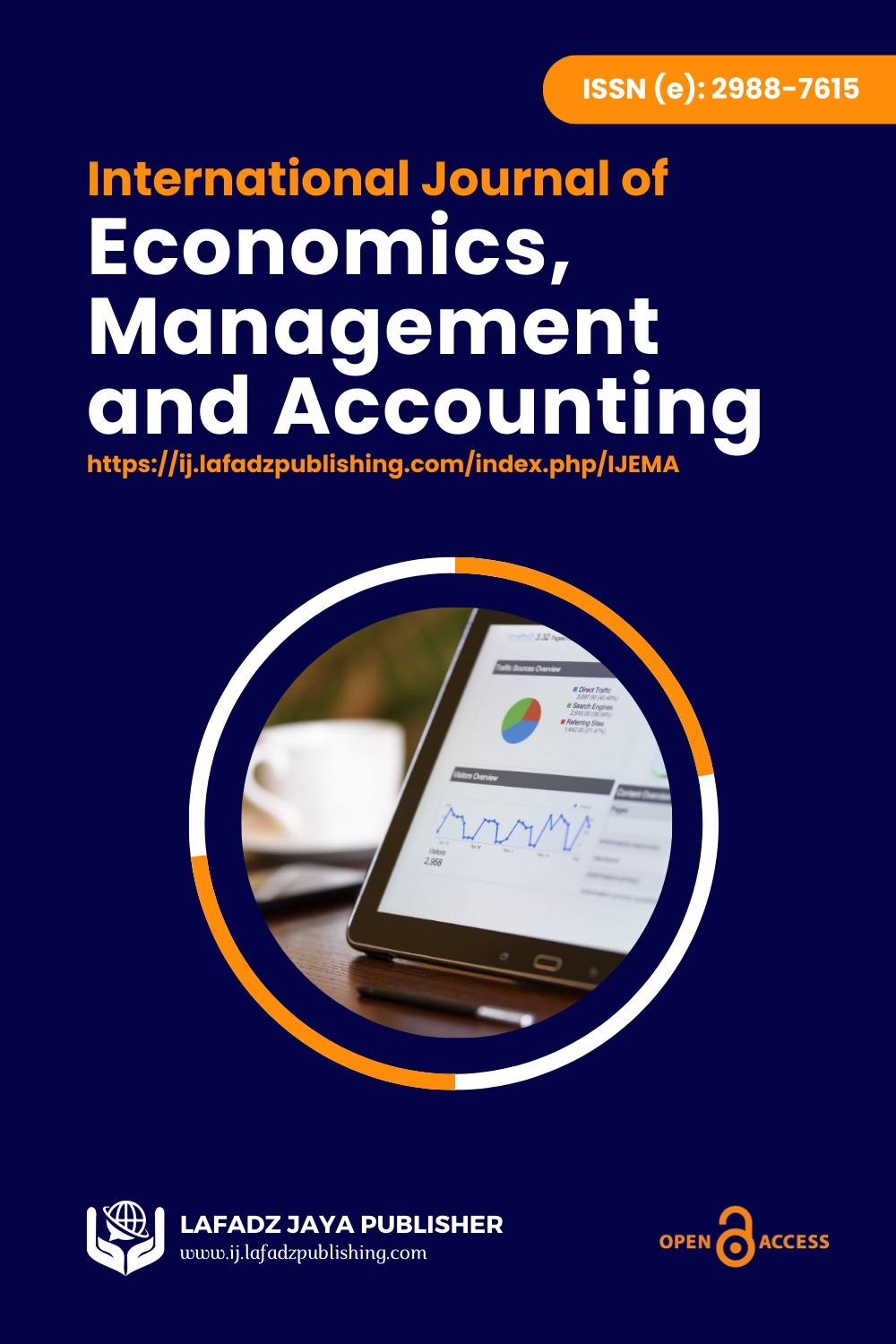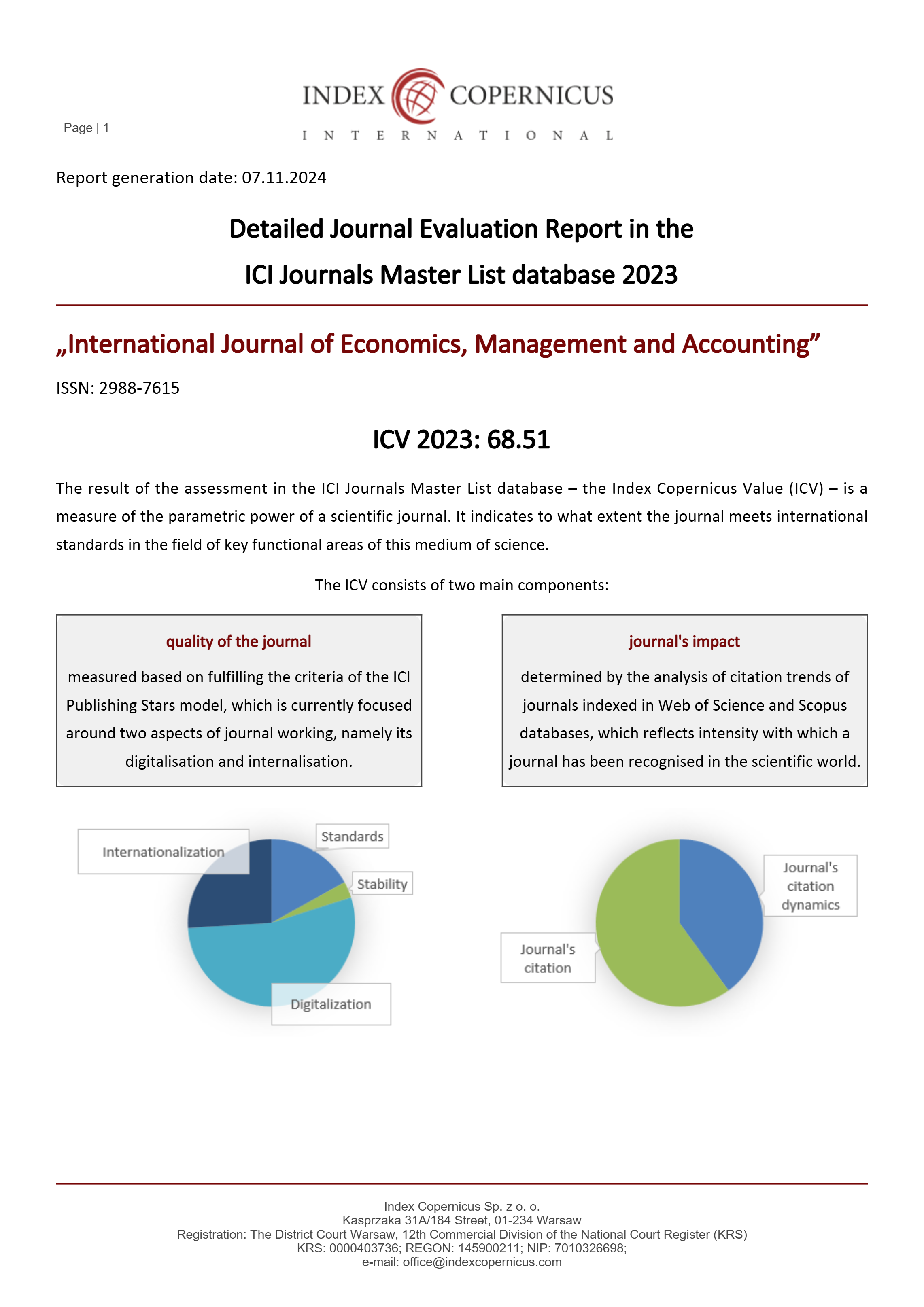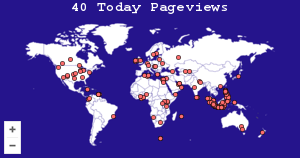Crowdsourcing Digital Interior Design Platform as Green Business: A Business Model Canvas Analysis
DOI:
https://doi.org/10.47353/ijema.v3i2.312Keywords:
Business Model Canvas, Crowdsourcing, Digital Platform, Green Business, Interior DesignAbstract
The rise of digital technology has created new opportunities in the interior design industry, particularly through crowdsourcing-based platforms that support green business innovation. This study aims to analyze the business model of a digital interior design platform that connects clients and professional designers using a sustainable and collaborative approach. This research employed qualitative methods, including in-depth interviews, direct observations, and document analysis. The Business Model Canvas (BMC) framework was used to map and analyze the platform’s nine key components: customer segments, value propositions, channels, customer relationships, revenue streams, key resources, key activities, key partners, and cost structures. The analysis reveals that the platform targets eco-conscious clients and digitally savvy designers, offering value through accessible green design solutions, verified designer portfolios, and transparent transactions using features like ratings, reviews, and escrow payments. Social media and digital communities serve as the main communication and marketing channels. The study concludes that this crowdsourcing-based digital platform has strong potential to become a scalable and sustainable green business. By aligning environmental goals with digital innovation, the platform can meet the demands of modern consumers while promoting sustainable interior design practices. The BMC approach provides a practical tool for designing, evaluating, and improving the platform’s business model.
Downloads
References
Akter, S., Imran, S. A., & Alsheikh, M. A. (2023). Reputation-aware team formation for collaborative software crowdsourcing in industry 5.0 International Journal of Information Management - Computer and Information Sciences, 35(8).
As, I. (2018). Generating designs: From crowdsourcing to deep learning. 12th PATTAYA International Conference on Advances in Engineering and Technology (PAET-18), 6–13.
Bansal, S., Bruno, P., Denecker, O., Goparaju, M ., & Niederko, M. (2018). Global payments 2018: A dynamic industry continues to break new ground. McKinsey & Company .
Becker, M., & Bröcker, J.-O. (2021). Business Model Canvas – Overview of the main advantages and disadvantages (IUCF Working Paper No. 6/2021). ZBW – Leibniz Information Centre for Economics .
Castillo, B. J. (2022). Strategies for using crowdsourcing as a product development tool to increase innovation [Doctoral dissertation, Walden University ].
Champagne, L., & Gianfrate, G. (2020). Exploring greenwashing on crowdsourcing platforms. EDHEC Business School.
Harahap, A. R., & Wijayanti, L. (2022). Penerapan crowdsourcing dalam interaksi komunitas informasi di Indonesia: Systematic literature review. Lentera Pustaka: Jurnal Kajian Ilmu Perpustakaan, Informasi dan Kearsipan, 8(2), 95–108.
Howe, J. (2008). Crowdsourcing: Why the power of the crowd is driving the future of business. Crown Business .
Kapoor, P. S., Balaji, M. S., & Jiang, Y. (2021). Effectiveness of sustainability communication on social media: Role of message appeal and message source. International Journal of Contemporary Hospitality Management, 33(3), 949–972.
Lubis, M., Rahman, N. A., & Alam, P. F. (2021). Marketing strategies design for crowdsourcing applications in Indonesia. 7th International Conference on E-Business and Applications (ICEBA 2021 ), 25–31.
Ma, Z., Jørgensen, B. N., Levesque, M., Amazouz, M., & Ma, Z. G. (2024). Business models for digitalization enabled energy efficiency and flexibility in industry: A survey with nine case studies. ArXiv .
Mekari Journal. (2025). Crowdsourcing: Ide bisnis urun daya yang kian populer . https://www. jurnal.id/id /blog/bisnis-crowdsourcing/
Mini, T. (2019). Digital platform design: A conceptualization and empirical study [Doctoral dissertation, University of Passau].
Murtono, T., & Soewardikoen, D. W. (2017). The existence of crowdsourcing graphic designers in Indonesia. 4th Bandung Creative Movement International Conference on Creative Industries , 4(1), 187–193.
Noor, L. S. (2025). Green business: Inovasi sumber daya berkelanjutan. Yayasan Cendikia Mulia Mandiri.
Octavia, D . (2012). Analisa lingkungan makro, perilaku konsumen serta peluang dan strategi bisnis hijau di Indonesia. Conference In Business, Accounting, And Management (CBAM), 1(1), 165–174 .
Osterwalder, A., & Pigneur, Y. (2010). Business model generation. John Wiley & Sons .
Rachmayanti, S., & Roesli, C. (2014). Green design dalam desain interior dan arsitektur. Humaniora, 5(2), 930–939 .
Rao, B. (1999). Emerging business models in online commerce . Polytechnic University.
Riswanto, A., Joko, Napisah, S., Boari, Y., Kusumaningrum, D., Nurfaidah, & Judijanto, L. (2024). Ekonomi bisnis digital: Dinamika ekonomi bisnis di era digital. PT. Sonpedia Publishing Indonesia .
Ritter, M. & Winterbottom, C. (2017). UX for the Web. Packt Publishing .
Salsabila, A. (2023). Apa itu green business? Pengertian, strategi, dan contohnya. LindungiHutan. https://lindungihutan.com/blog/green-business-pengertian-strategi-dan- contohnya/
Sari, I. N., Lestari, L. P., Kusuma, D. W., Mafulah, S., Brata, D. P. N., Karwanto, … Sulistiana, D. (2022). Metode penelitian kualitatif. Unisma Press .
Scolere, L. M. ( 2017). Social media design economy: The curatorial labor of design professionals [Doctoral dissertation, Cornell University].
Siregar, O. M., & Selwendri, S. (2020). Achievement of the target market through Business Model Canvas in small and medium enterprises (SMEs). Journal of Education, Humaniora and Social Sciences, 3(2).
Sofiati, N. A., Trimurti, C. P., Widodo, R. E., Ariyani, F., & Pahrudin, C . (2023). Concept and implementation of Business Model Canvas in startup companies: Relationship with customers , customer segments and market trends. Dinasti International Journal of Digital Business Management , 5(5).
Solomon, M. R., Russell-Bennett, R., & Previte, J. (2018). Consumer behavior: Buying, having, and being (12th ed.). Pearson Education Limited.
Susanti, D. A., Fithri, D. L., Gunawan, B. B., & Budiman, N . A. (2024). The influence of Business Model Canvas on financial performance of micro, small, and medium enterprises (MSMEs). Journal of Ecohumanism, 3(6), 932–945.
Tahir, O. M., Maulan, S., Baharuddin, M. N., & Manan, S. A. (2017). STEDEX 2017: Sustainable Tropical Environmental Design Exhibition. Universiti Putra Malaysia Press .
Tirto.id. (2022). 96,7% millennial dan Gen Z Indonesia pilih produk ramah lingkungan. https://tirto.id/967-millennial-dan-gen-z-indonesia-pilih-produk-ramah-lingkungan-gwrD
Vinella, F. C. (2024). Crowdsourcing user-centered teams [Master's thesis, Utrecht University].
Wisata, S., & Putra, N. A. (2023). Potensi bisnis melalui jasa desain interior digital. Kompasiana.
Downloads
Published
How to Cite
Issue
Section
License
Copyright (c) 2025 Hastia Fathsyadira, Henky Lisan Suwarno

This work is licensed under a Creative Commons Attribution 4.0 International License.











